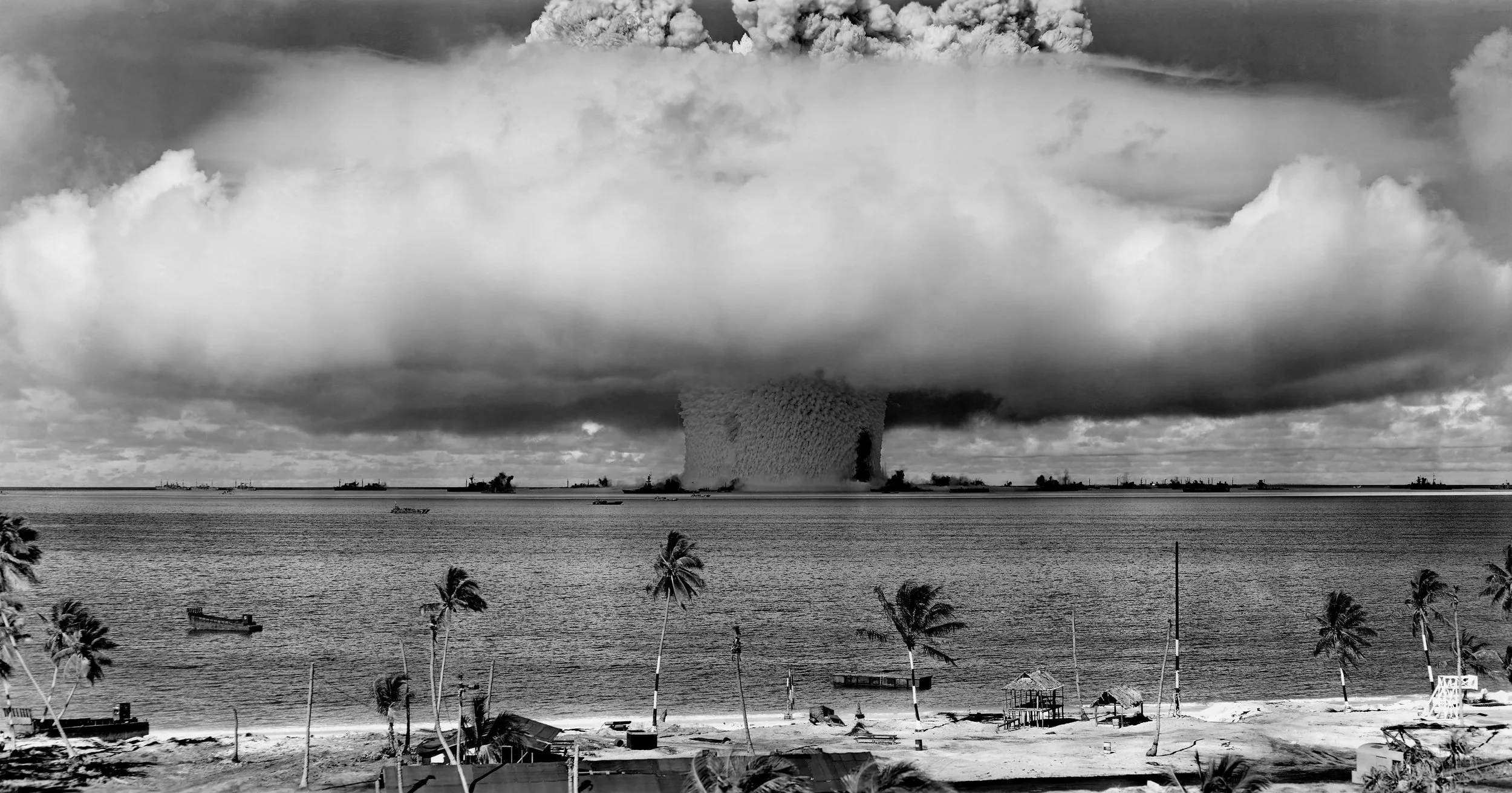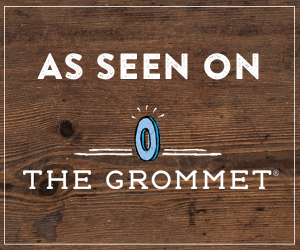Wrap-a-Nap Launching on The Grommet, 11/18
Under Penalty of Law: Explaining the Law Label
Next to jokes about airplane food, it seems like those long, white, labels found on mattresses, couches and pillows were one of the chief tropes of 1980’s standup comedy. And for good reason - they’re inexplicably large, convey threatening legal warnings, and are often impossible to tear off, leading many of us to wonder: what are these things, and why are they there?
Big, White & Threatening: The Law Label
These things are called Law Labels, and according to the US Government, they’re put on ‘filled goods’ to provide a clear description informing the consumer of the hidden materials used to fill their bedding and furniture products - i.e., 80% polyester fiber, 20% goose down. The original requirement for Law Labels came about in the early 1900s with the noble intent to prevent unscrupulous manufacturers from using whatever they had around the shop (horse hair, corn husks, “wood wool”) as undisclosed filling materials. However, in an age in which care and content labels (the smaller labels, telling you how to wash your bedding) already declare all contents, the Law Label is a bit of a redundant dinosaur.
So why does it still exist? For the same reason that many redundant regulations do: it's profitable. The Law Label is required in 31 states, each of which require manufacturers to maintain current registration with fees ranging from less than $100 to more than $2000 annually. And that’s regardless of if the manufacturer even operates in said state. Add to this that each state’s registration is handled by varying departments with varying renewal cycles, and you’ve got a morass of pillow-centric bureaucracy on your hands. It should make sense why you don’t see many small, independent pillow manufacturers around.
It’s not all bad, though - Law Labels do still serve some purpose. They allow consumers to see the country and/or state of origin on the manufacturer’s registration number (China = CN, CA = California, CD = Canada, etc.), and they allow manufacturers to track the factory and batch in which the product was manufactured.
Did You Know: A small sampling of the ‘prohibited fillings’ in the 31 participating states include: burlap, hen feathers, paper sheets, wood wool, and steel wool.



